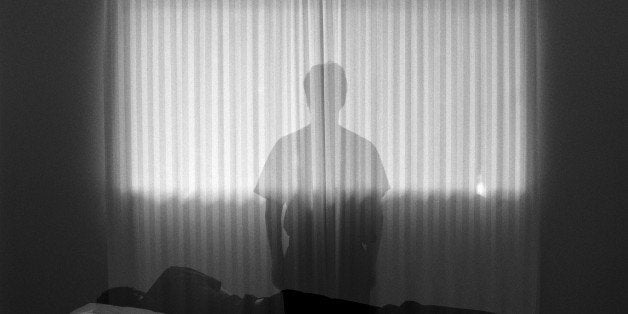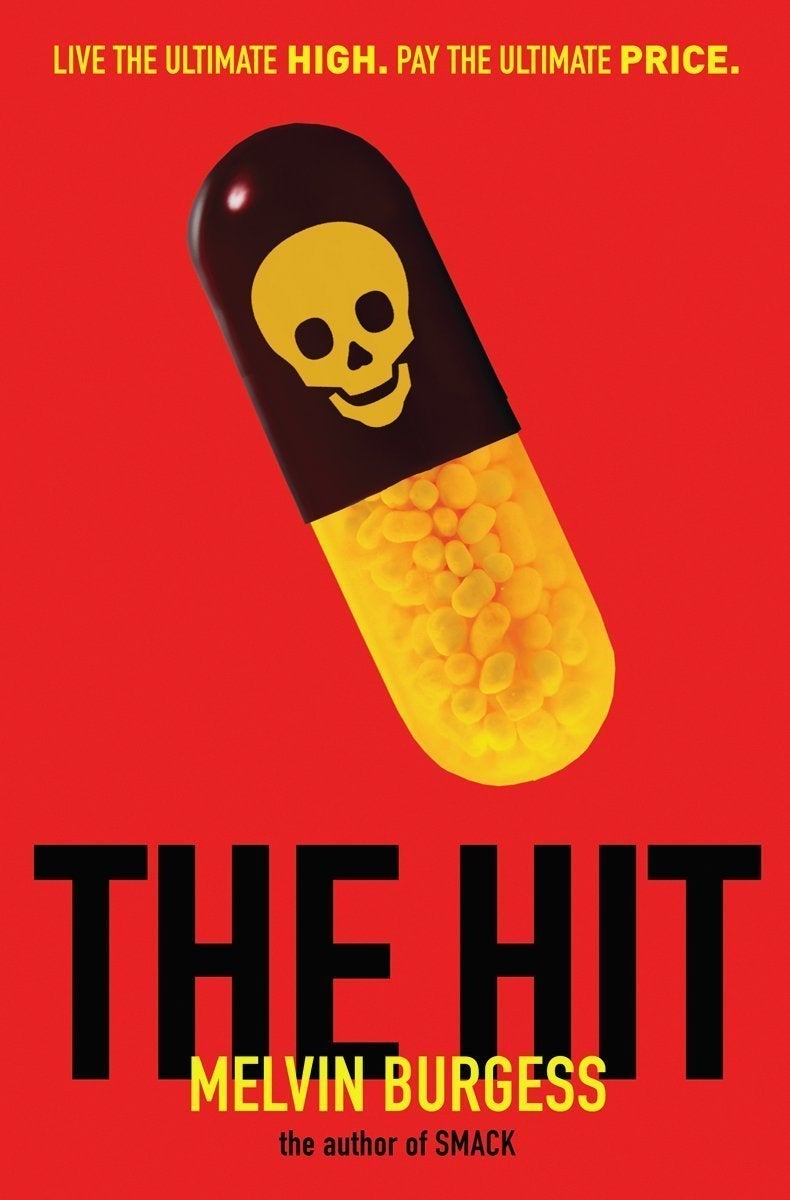
With Halloween just round the corner, how about a ghost story? The earliest mention of "ghost-story" recorded by the Oxford English Dictionary comes from 1824, from a manuscript of Byron's poem "Don Juan," which mentions "Supper, punch, ghost-stories, and such chat" (which, if nothing else, sounds like a good way to spend Halloween itself). Ghost stories would evolve dramatically over the 19th century: after Byron helped to introduce the phrase into the language, numerous writers, starting with Edgar Allan Poe and Charles Dickens in the 1840s, would start to introduce a greater sense of uncertainty into the genre, particularly surrounding the precise provenance of the "ghosts" featured. Were they supernatural visitations, or were they, after all, mere hallucinations, all in the mind of the beholder? Poe's "The Tell-Tale Heart" (1843) is one such example, where the beating of the heart under the floorboards could either be the spirit of the murdered old man giving away the identity of his murderer to the police, or could be the murderer's conscience making him hear things.
I spent several years researching the ghost stories and weird tales written around the turn of the 19th into the 20th century. The resultant book, Bewilderments of Vision: Hallucination and Literature, 1880-1914, takes a look at the reasons for this shift from what Virginia Woolf called "the blood-stained sea captains, the white horses, the headless ladies of dark lanes and windy commons" towards newer, more ambiguous and more unsettling, types of ghost. Here are five of my favorite ghost stories which showcase this growing unease surrounding the "ghost."
Sheridan Le Fanu, "Green Tea" (1869). This story reflects a growing uncertainty surrounding the relationship between the supernatural and the psychological in the second half of the 19th century. In an age that was seeking to explain many phenomena in rational and scientific terms -- witness the founding of the Society for Psychical Research a few years later, which took a scientific approach to investigating reports of the supernatural -- the old-style ghosts of fiction were giving way to more ambiguous apparitions. The classic tale "Green Tea" centers on Jennings, a benevolent reverend whose penchant for green tea coincides with the horrific appearance of a ghostly monkey. This apelike visitant's sole mission seems to be to drive the good reverend mad. But Le Fanu doesn't take the obvious route and draw a clear line of cause and effect between the tea-drinking and the simian apparitions: sure, the appearance of this diabolical primate may be a hallucination brought on by too much green tea, but it might actually be some sort of divine -- or devilish -- creature from... well, God (or the Devil) only knows. You can read "Green Tea" here.
Robert Louis Stevenson, "Markheim" (1885). This story tells of a man, the eponymous Markheim, who has gone to see a shopkeeper about purchasing a Christmas present for a friend. Markheim dislikes the shopkeeper and decides to murder him and loot the shop. Shades of Crime and Punishment emerge when, after he has committed the murder, Markheim's conscience pricks him, and paranoia begins to take hold of his mind. A strange visitant then appears and tries to persuade him to compound his evil deed with the murder of the shop's maid, who is about to return. Is the visitant a coinage of Markheim's brain, or some sort of divine tempter? Whether his conscience, or his lust for murder, wins out is something we won't reveal. No spoilers here, just a recommendation to read this story, which was published shortly before Strange Case of Dr Jekyll and Mr Hyde in 1886.
Henry James, "The Friends of the Friends" (1896). This story predates James's more famous novella, The Turn of the Screw, by two years. In many ways it might be regarded as an earlier version of that story. A nameless female narrator reveals how two of her friends (one male, one female) share something unusual: they both claim to have seen the ghost of a parent at the moment of that parent's death. Although she initially tries to set them up with each other, the narrator gradually finds herself falling for the male friend, just at the moment when the two friends seem destined finally to meet. The ensuing tale is as much a study of sexual jealousy as it is a story of ghostly happenings.
Oliver Onions, "The Beckoning Fair One" (1911). A story about ghostly hair-brushing may not sound like the sort of tale to chill the blood for Halloween, but this underrated tale is different. It centers on Paul Oleron, an aspiring middle-aged writer who rents part of an old house, an unsettling abode to which his long-term girlfriend takes an instant dislike. Gradually Oleron becomes more and more obsessed with the strange noises he starts to hear in the house, chief of which are the dripping of a tap and the sound of a woman supposedly brushing her hair. One of the great triumphs of the story comes in its ending, and the way Onions succeeds in suggesting what has happened rather than openly stating it. There is no great revelation, rather a gradual dropping away of the veil, to reveal only partly what has occurred.
William Hope Hodgson, "The Thing Invisible" (1910). And if you like a dash the detective in your ghost stories, how about a paranormal mystery from the hugely enjoyable psychic detective subgenre? In the early 20th century there was a vogue for stories that capitalized on widespread curiosity concerning spiritualism and psychical research and the huge popularity of Conan Doyle's Sherlock Holmes tales, fusing these two popular interests to create a new kind of "ghost story." William Hope Hodgson's Thomas Carnacki, who might crudely be summed up as "Sherlock Holmes meets Most Haunted," travels the country investigating reports of occult sightings and ghostly apparitions, armed with his trusty pentacle and his extensive knowledge of occult lore. In this story he is called to the chapel of a manor house to discover how a dagger could have killed someone of its own accord. Were ghostly forces involved, or is there a more scientific explanation? Carnacki actually succeeds in getting to the bottom of the mystery -- but you'll have to read the story to find out how he does it.
Oliver Tearle's book, Bewilderments of Vision: Hallucination and Literature, 1880-1914, is out now in paperback from Sussex Academic Press.
___________________
Also on The Huffington Post:
